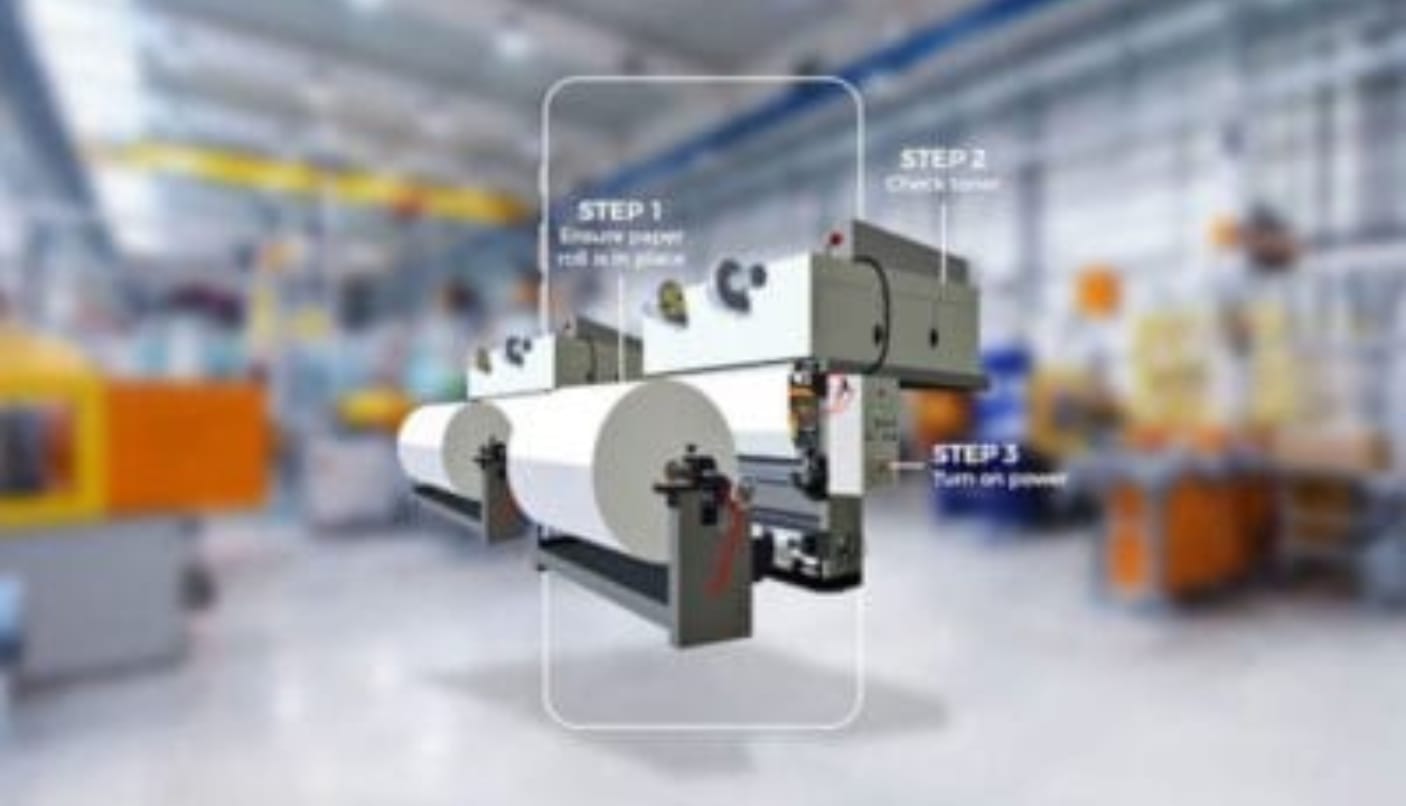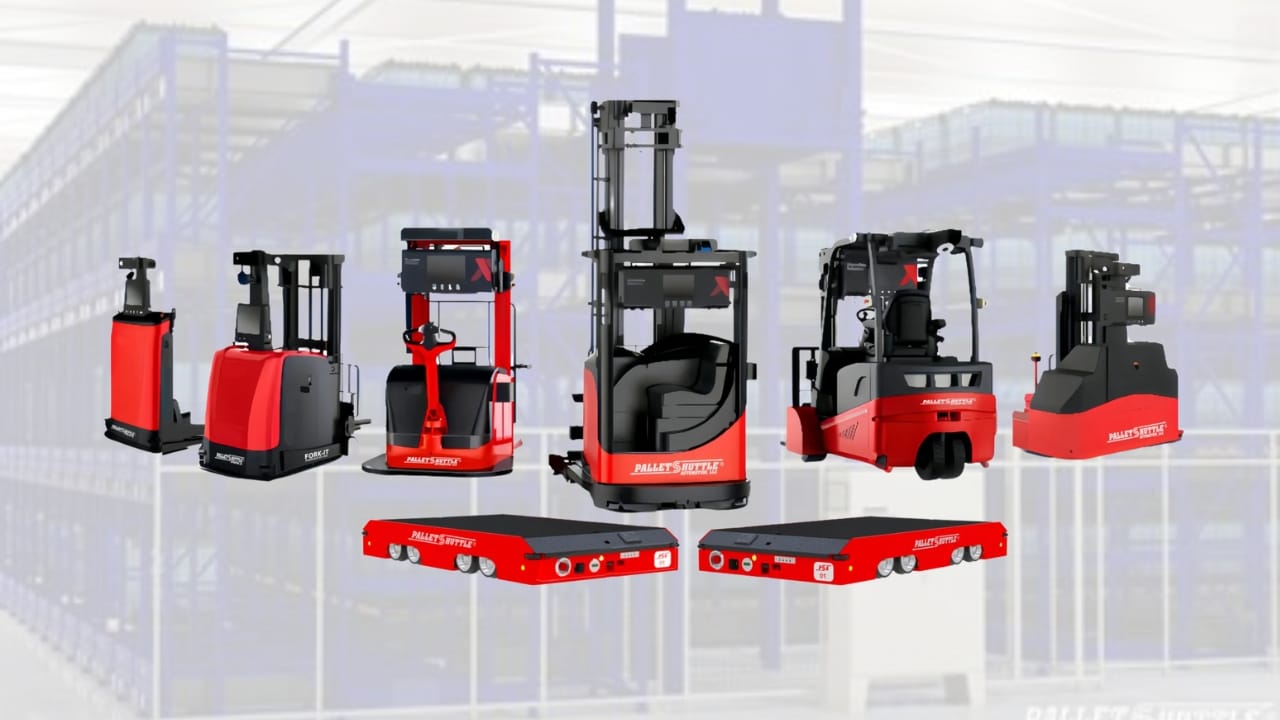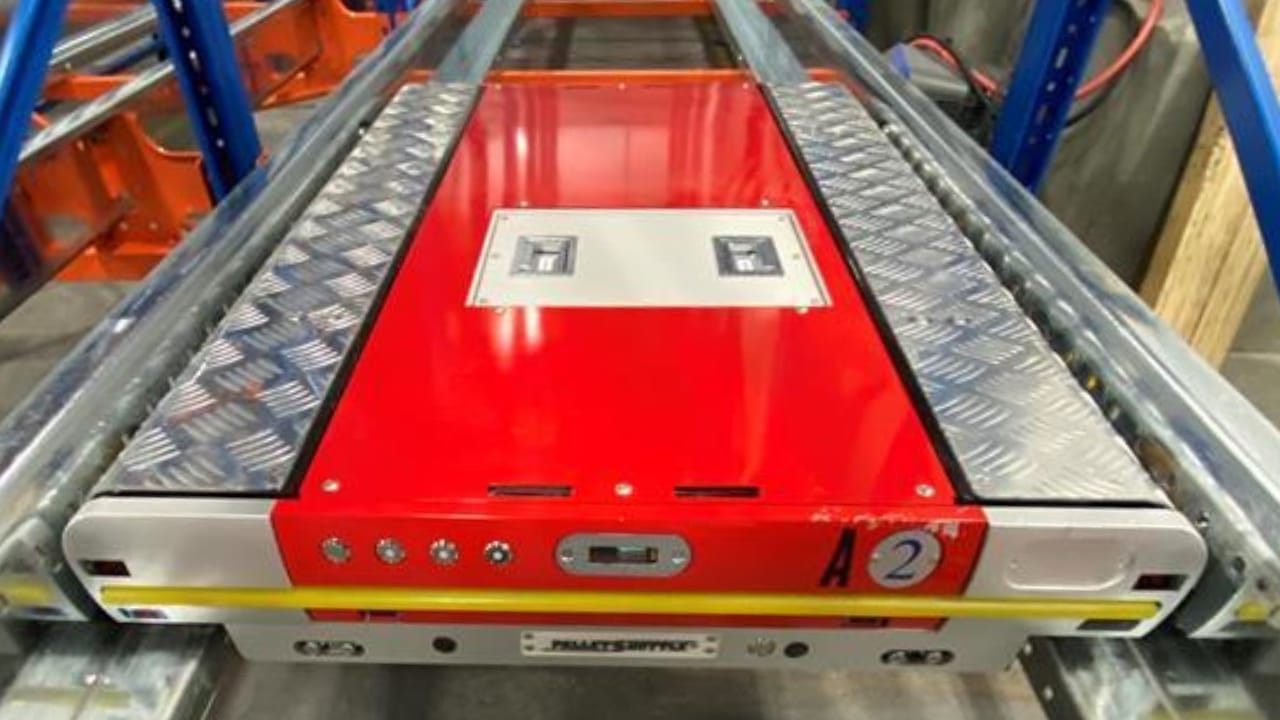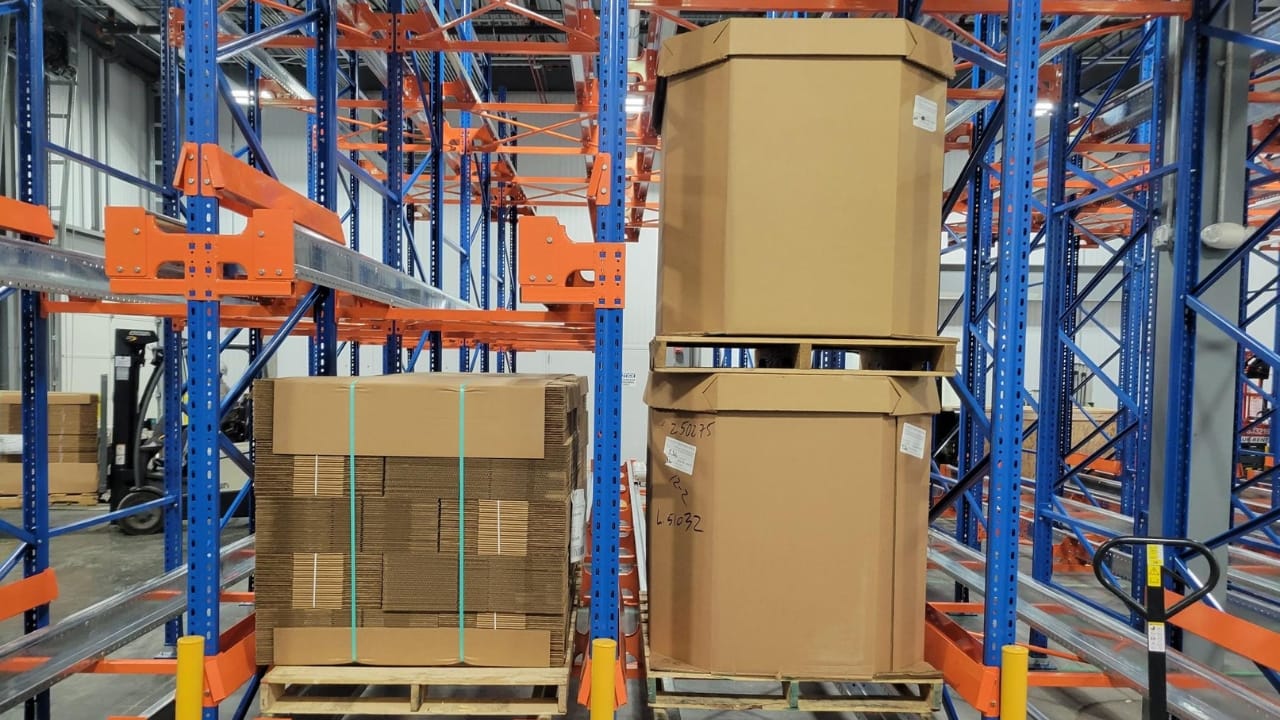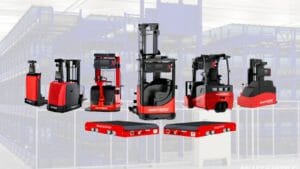The integration of Virtual Reality (VR) and Augmented Reality (AR) into vocational training presents a significant opportunity to revolutionize workforce education. These technologies offer dynamic and interactive learning environments that enable trainees to develop practical skills more effectively and efficiently.
Benefits of VR and AR in Vocational Training
- Interactive Simulations for Real-World Application
Augmented Reality uniquely combines virtual and real-world environments, creating highly immersive and interactive simulations. Trainees can practice real-world tasks in a controlled but authentic environment, enhancing skill acquisition and preparedness for job roles.
- Remote and Flexible Training Options
AR facilitates training from anywhere, at any time. This flexibility ensures accessible education for a broader audience, removing traditional geographic and time constraints. Remote training delivers the same quality of instruction as in-person sessions, enhancing convenience without compromising effectiveness.
- Customizable and Personalized Learning
With AR, training programs can be tailored to individual learning needs. This customization ensures that each student receives targeted instruction suited to their skill level, enhancing both teaching methods and learning outcomes.
- Cost-Effective and Scalable Solutions
By incorporating virtual elements into training, businesses can reduce the costs associated with physical training setups and materials. AR also supports scalability, allowing organizations to train larger workforces without significant resource expansion.
The Future of Workforce Development
Augmented Reality stands out as a game-changer for vocational training’s future, combining practical, hands-on learning with innovative digital solutions. It equips displaced workers with relevant skills and aligns training with the evolving demands of the labor market. Additionally, as VR and AR technology continue to advance and integrate with traditional methodologies, vocational education will only grow more effective and accessible.
By capitalizing on these innovations, industries can ensure a ready, adaptable workforce prepared to meet the challenges of tomorrow.

